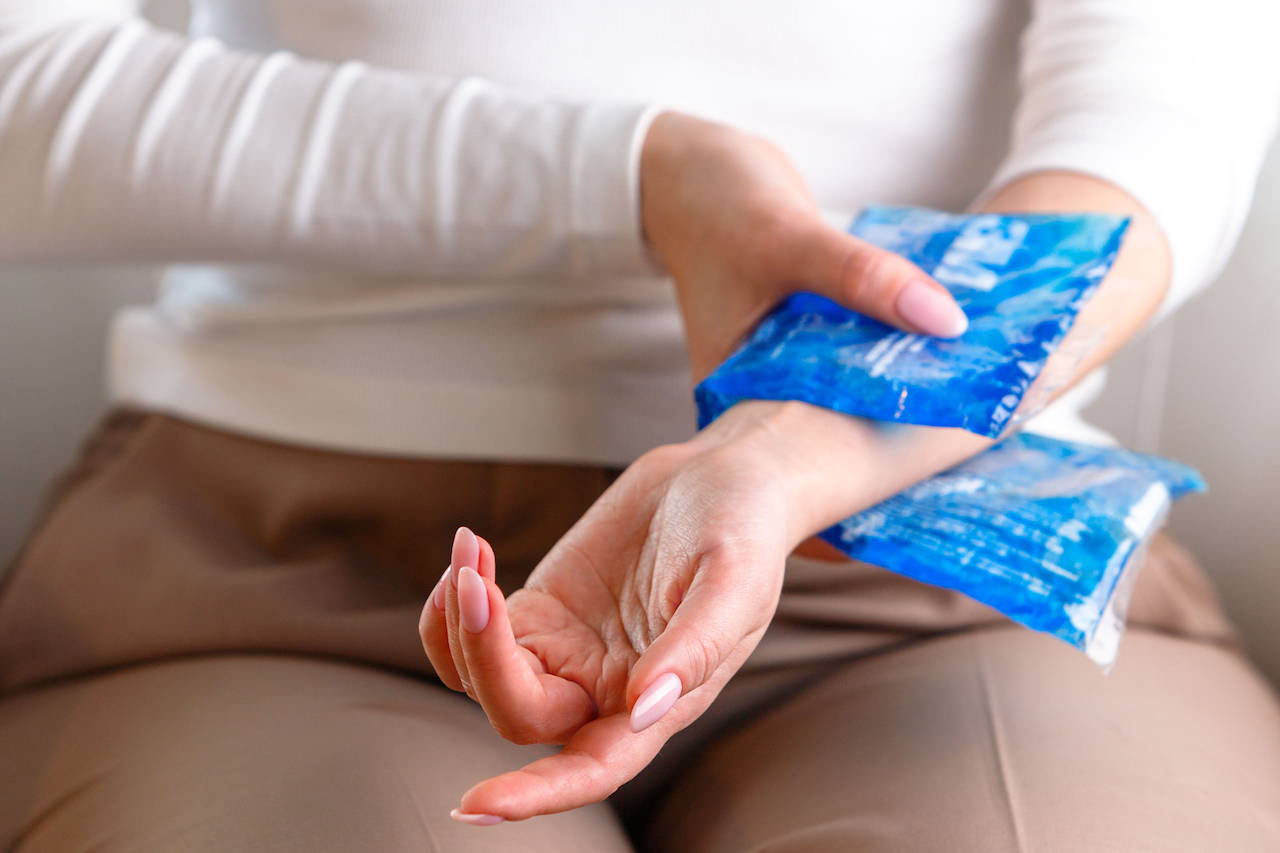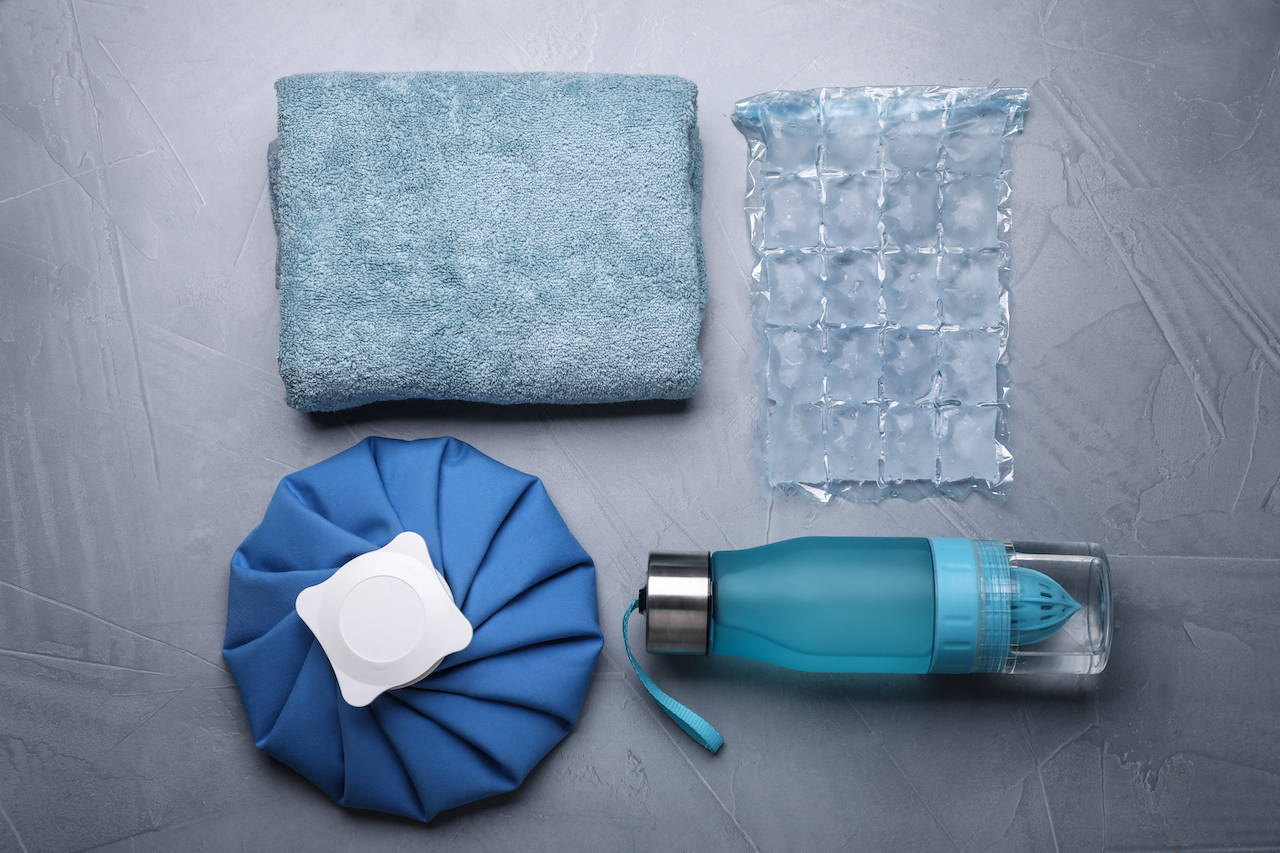The Ice and Mice Study: A Breakthrough Study Rethinking Muscle Recovery for the Over-50s
Dr. Chris Daily
PT | DPT | OCS | CSCS
Physical Therapist and Golf Performance Specialist

After a tough workout or sports injury, many of us reach for an ice pack to soothe our aching muscles.
But, recent studies show that this popular method may not be as helpful as once believed, especially for older adults.
Ice packs are often used by athletes and gym-goers to reduce pain and swelling, and they're generally thought to help muscles heal faster.
However, recent research is starting to question how effective icing really is.
For instance, a study from 2011 found that icing an injured muscle didn't reduce pain any better than simply resting. In 2012, a review showed that athletes who iced muscles after intense workouts regained their strength and power much more slowly. Also, a 2015 study suggested that using ice packs too often after exercise could actually weaken muscles and reduce their size and endurance.
The Breakthrough Study
The Effects of Ice on Muscle Healing



 +1 302-405-5713
+1 302-405-5713
